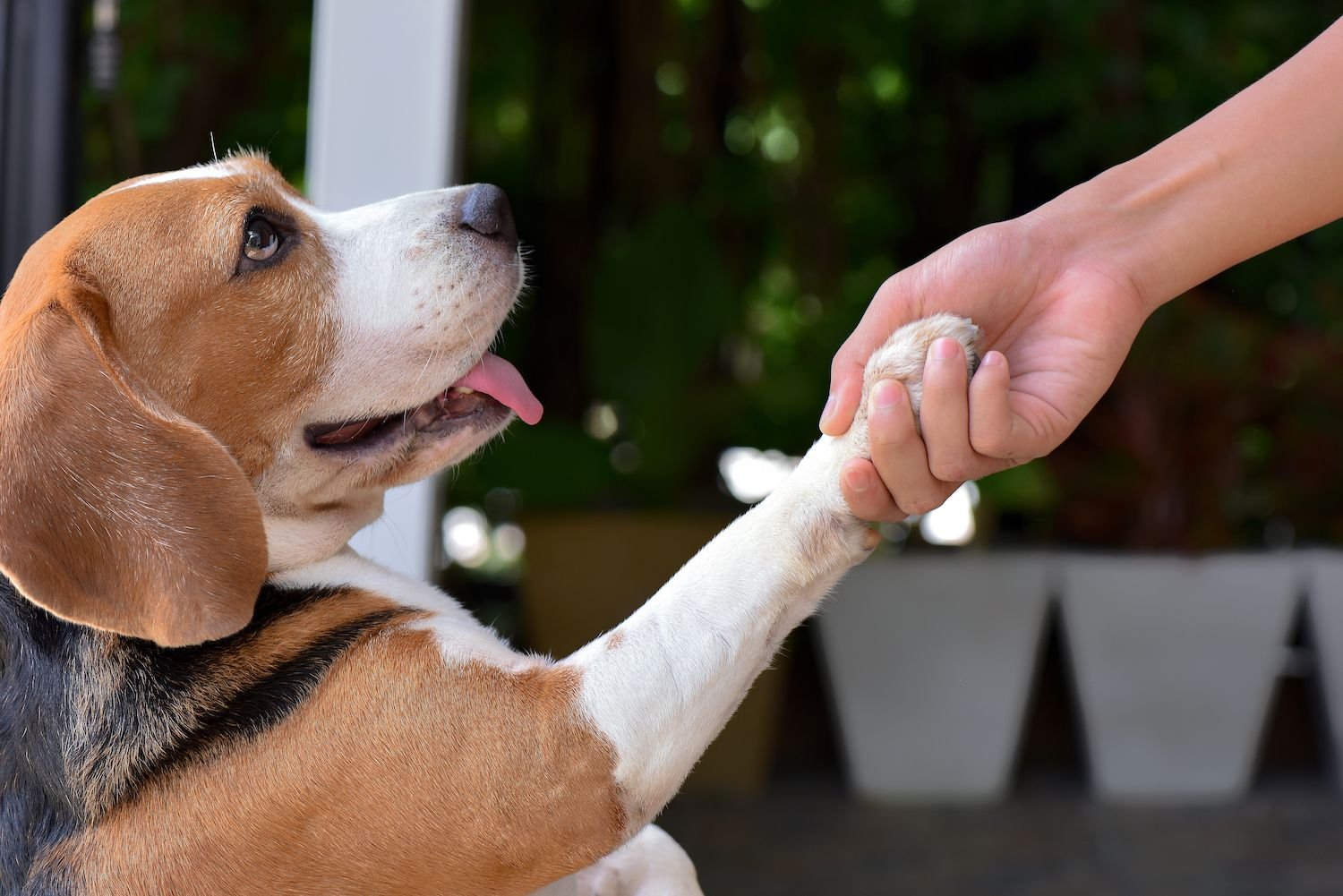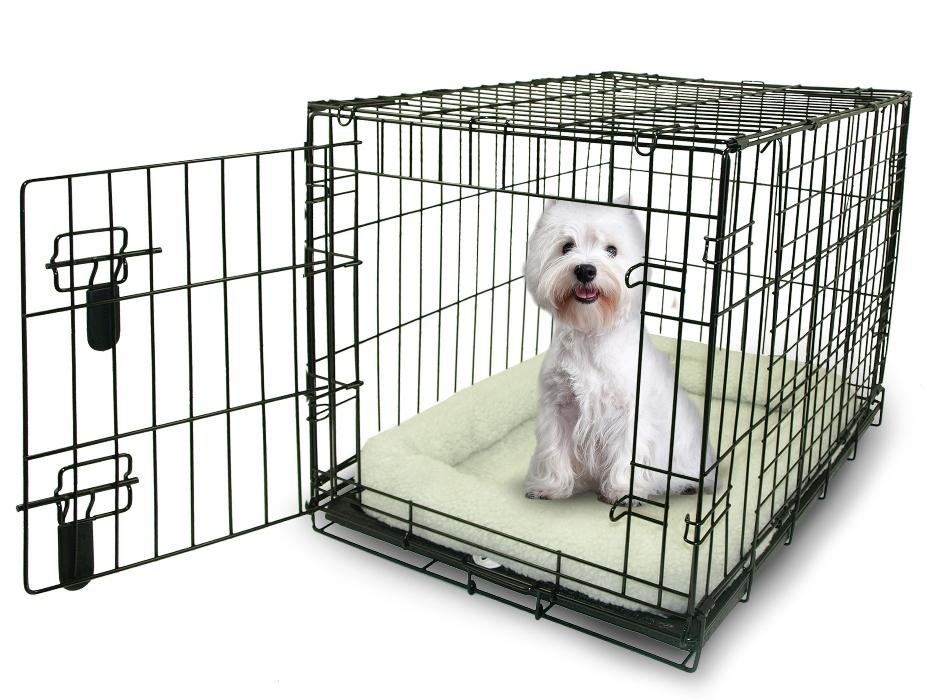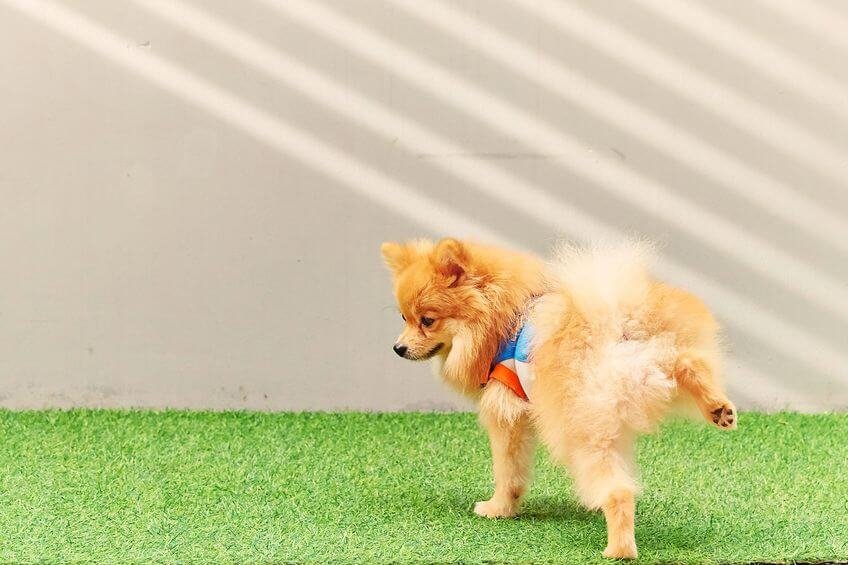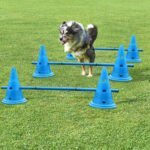Potty Training Success
Bringing a new puppy home is an exciting adventure filled with cuddles, wagging tails, and, of course, a little chaos. One of the first challenges new puppy parents face is mastering the art of potty training. It’s not just about keeping your floors clean successful puppy potty training fosters a strong bond between you and your furry friend, setting the stage for a happy, healthy relationship. In this guide, we’ll cover ten essential tips to help you and your pup succeed in this all-important task. Prepare to transform those little accidents into proud moments of triumph. Continue reading for a guide on potty training a puppy.
Understanding the Basics
Before we jump into the tips, it’s crucial to understand a puppy’s physiology—specifically, their tiny bladders. Puppies have yet to develop full bladder control, which means they need to go more frequently than older dogs. Generally, a puppy can hold their bladder for about one hour per month of age. This means a three-month-old puppy might need a potty break every three hours. Recognizing this can help you manage expectations and develop a successful training routine.
The key to puppy potty training lies in understanding their natural behavior. Puppies thrive on routine and predictability, so knowing their limits can help you create a schedule that works for both of you. This is the foundation upon which your training will be built, helping to ensure a smoother process and quicker results.
In addition to bladder capacity, it’s important to note that puppies are inherently curious and distracted easily. This means that even if they’ve learned where to go, they might forget when something interesting catches their attention. Keeping this in mind will help you remain patient during the training process.
Tip 1 Establish a Routine
The first step for successful potty training a puppy is establishing a routine. Consistency is key in helping your puppy understand when and where to go. Regular feeding times, play sessions, and potty breaks will work together to set your puppy up for success. Aim to take your puppy outside for a potty break first thing in the morning, after meals, and before bed.
Implementing a regular schedule helps your puppy recognize patterns and start anticipating when it’s time to go. This can also prevent accidents caused by unpredictable feeding or play times. A well-established routine gives your puppy a sense of security, allowing them to focus on learning where they should do their business instead of when.
It’s important to be consistent with your routine, but don’t be too rigid. Life happens, and minor changes won’t derail your puppy’s progress. Just remember to maintain a general rhythm to keep your puppy comfortable and confident in their routine.
Tip 2 Choose a Designated Potty Area
Choosing a designated potty area is essential for successful training. Puppies learn through repetition, so using the same spot each time will help them associate that area with going potty. Whether it’s a specific patch of grass or a section of your yard, consistency is key. This designated spot will become familiar to your puppy, making it easier for them to understand where they should go.
Having a specific area for potty breaks also allows you to control the environment. You can ensure it’s safe, free from distractions, and easy to clean. This consistency helps your puppy focus on the task at hand and reduces the likelihood of accidents in other areas of your yard or home.
Additionally, choosing a location that’s convenient for you is important. You’ll be taking your puppy to this spot multiple times a day, so make sure it’s easily accessible, especially during late-night trips or in bad weather.
Tip 3 Use Positive Reinforcement and Rewards
Positive reinforcement is a powerful tool for teaching your puppy potty training skills. When your puppy goes potty in the right place, reward them with praise, petting, or a small treat. This helps them associate going potty in the designated area with positive outcomes, making them more likely to repeat the behavior.
Timing is everything when it comes to positive reinforcement. Make sure to reward your puppy immediately after they finish, so they connect the reward with the act of going potty. Delayed praise or treats can confuse your puppy and weaken the association between the desired behavior and the reward.

Consistency is also crucial when using rewards. Be sure to reward your puppy every time they successfully use their designated potty area, especially in the early stages of training. Over time, as your puppy becomes more reliable, you can gradually reduce the frequency of rewards.
Tip 4 Be Patient and Consistent
Patience and consistency are vital while potty training a puppy. Puppies are learning a new skill, which takes time and repetition. By staying calm and maintaining a consistent approach, you’ll create a supportive environment for your puppy to learn and grow.
Remember that accidents are part of the process. Instead of reacting with frustration, use these moments as opportunities to reinforce your training. Clean up the mess thoroughly (we’ll discuss this in Tip 7) and continue with your established routine and positive reinforcement techniques.
Training progress can vary from one puppy to another. Some puppies may pick up the concept quickly, while others may take longer to fully grasp it. By being patient and consistent, you’ll help your puppy develop confidence in their ability to learn and succeed.
Tip 5 Supervise Your Puppy Closely
Close supervision is essential during the potty training process. Keeping an eye on your puppy allows you to anticipate when they need to go and catch them in the act if they’re about to have an accident. This enables you to redirect them to their designated potty area and reinforce the correct behavior.
Create a safe and confined space for your puppy to play and explore when you can’t give them your full attention. This controlled environment reduces the chances of accidents and helps you maintain a watchful eye on your puppy’s activities.
Supervision also helps you recognize and understand your puppy’s unique signals and behaviors when they need to go. By learning these cues, you’ll become more adept at predicting when your puppy needs a potty break and can prevent accidents before they occur.
Tip 6 Understand the Signs Your Puppy Needs to Go
Every puppy displays different signs when they need to go potty; learning to recognize these signals is crucial for successful training. Common signs include sniffing the ground, circling, whining, or suddenly becoming restless. By paying attention to these behaviors, you’ll be better equipped to guide your puppy to their designated potty area in time.
Observing your puppy’s body language will help you become more attuned to their needs and create a stronger bond between you. With practice, you’ll be able to quickly respond to your puppy’s signals and prevent accidents before they happen.
Additionally, keep in mind that some puppies may not always display obvious signs. If your puppy falls into this category, rely on their routine and take them out for frequent potty breaks to minimize the chances of accidents.
Heather Saxton from Wanderers Rest advises consistency: “Every time the puppy wakes up, is done playing, or done eating, take the puppy outside to the same spot every time. Praise the puppy every time it goes to the bathroom outside.”
Tip 7 Clean Up Accidents Thoroughly
Accidents are inevitable during the potty training process, but it’s essential to clean them up thoroughly to prevent your puppy from returning to the same spot. Use an enzymatic cleaner to break down the odor-causing compounds in urine and feces, ensuring the scent is completely removed.
Avoid using ammonia-based cleaners, as they can mimic the smell of urine and inadvertently encourage your puppy to eliminate in the same area again. Instead, choose products specifically designed for pet messes, as they effectively eliminate odors and stains.
Thorough cleaning also makes your home more pleasant and hygienic for both you and your puppy. By maintaining a clean environment, you’ll create a positive space for your puppy to learn and grow.
Tip 8 Utilize Crate Training as a Tool
Crate training can be a valuable tool in your potty training arsenal. When used correctly, a crate can help your puppy develop bladder control and learn to hold their urge to go until they’re taken outside. This method leverages a puppy’s natural instinct to keep their sleeping area clean.
To begin crate training, ensure your puppy’s crate is the appropriate size. It should be large enough for them to stand up, turn around, and lie down comfortably, but not so large that they have room to eliminate in one corner and sleep in another. Introduce your puppy to the crate gradually, allowing them to explore and become comfortable with the space.

Use the crate for short periods when you can’t supervise your puppy, but remember that it’s not a substitute for regular potty breaks. Always provide ample opportunities for your puppy to go outside, especially after meals, playtime, and naps.
Tip 9 Consider Using Training Pads or a Litter Box
If outdoor potty training isn’t feasible due to weather, living arrangements, or other factors, consider using training pads or a litter box for indoor training. These options provide your puppy with a designated area to eliminate indoors, helping you maintain a clean and odor-free home.
When using training pads, place them in a consistent location and encourage your puppy to use them regularly. Gradually move the pads closer to the door over time, transitioning your puppy to outdoor potty training when possible.
For puppies that prefer a more natural surface, a litter box filled with a suitable substrate can be an effective alternative. Be sure to clean and maintain the litter box regularly to keep it fresh and appealing to your puppy.
Sadie Cornelius from Caninejournal.com suggests using pee pads: “Place your puppy on the pee pad several times throughout the day. If your pup begins to go potty, say, ‘go potty’ to help them relate the command with the action. Reward them with attention or a treat when they use the pad.”
Tip 10 Seek Professional Guidance if Facing Challenges
If you’re struggling with potty training despite following these tips, consider seeking professional guidance. A certified dog trainer or behaviorist can provide personalized advice and support tailored to your puppy’s unique needs and challenges.
Working with a professional can help you identify any underlying issues that may be hindering your puppy’s progress, such as medical concerns or behavioral problems. They can also offer practical strategies and techniques to address specific training roadblocks.
Remember that seeking help is a proactive step that demonstrates your commitment to your puppy’s well-being and success. Don’t hesitate to reach out for assistance if you’re feeling overwhelmed or unsure of the next steps.
Conclusion
Potty training a puppy is a rewarding yet challenging endeavor that requires patience, consistency, and understanding. By following these ten tips, you’ll be well on your way to creating a stress-free home environment and fostering a strong bond with your furry friend.
Remember that every puppy learns at their own pace, so stay patient and continue to provide positive reinforcement and support. With dedication and persistence, you’ll successfully guide your puppy through the potty training process and set the foundation for a lifetime of good habits.
Ready to take the next step in your puppy parenting adventure? Explore our additional resources and expert advice to help you and your puppy thrive together.










